I may get commissions for purchases made through links in this post.
Maybe you didn’t realize it but you must have seen the signs all around you.
Indications that we Westerners are yearning for ancient times.
The past decades we have become a tribe of product fetishizing, fossil-fuel-burning, white-knuckle-steering-wheel-gripped lost souls.
Trapped in cubicles, frantically keeping up with the Joneses we realize that more shopping therapy and popping yet another prescription pill won’t cut it.
We are lost and we’re longing for an antidote to the daily world.
Blinded by individualism and all-embracing trivialism we are gradually hobbling back to our most ancient roots.
In – some playful, some more serious- ways we’re trying to get a glimpse of what reality can be.
By collaborating to build experiences beyond commercial entertainment, by indulging in rituals from our cultural heritage we’re reconnecting with our true being. Essentially we’re reaching back to archaic times.
Let’s take a look at the following trendy ancient practices.
1) Sweat lodge ceremonies
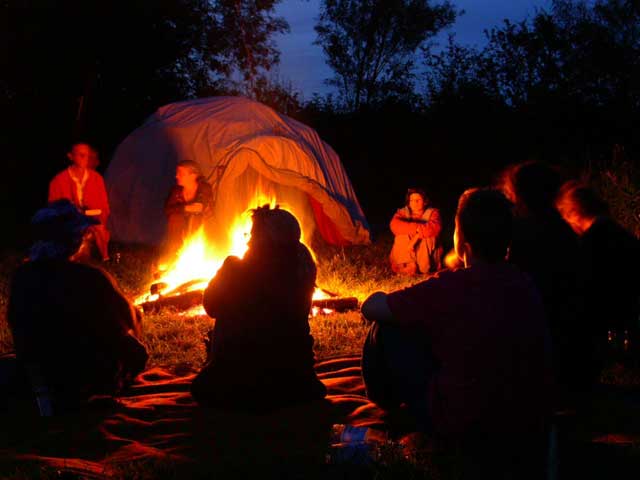
The introduction of alcohol and barbaric behavior instilled the need for re-purification. A revival of traditional ways of living and spiritual life became evident. Ironically, nowadays we are increasingly indulging in the same purification ceremony in the form of new age cleansing rituals.
2) Trance dancing
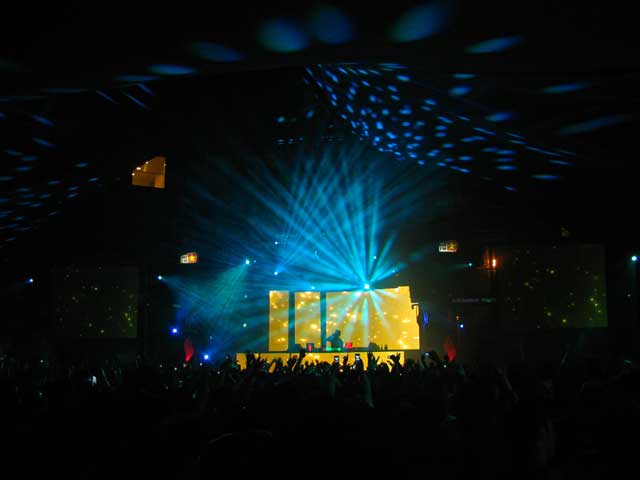
Ancient tribal trance dancing was practiced by shamans for healing purposes. Trance dance rituals took commonly place at night because darkness helps focus on the inner experience. Darkness and monotonous sounds and movements allow the dancer to let go.
It creates a state of suspension that seems to stop time and may evoke visions. In this altered state or ‘trance state’ one’s self and other boundaries dissolve freeing the path to connect with primal energy, spirit and truth.
3) Fire walking
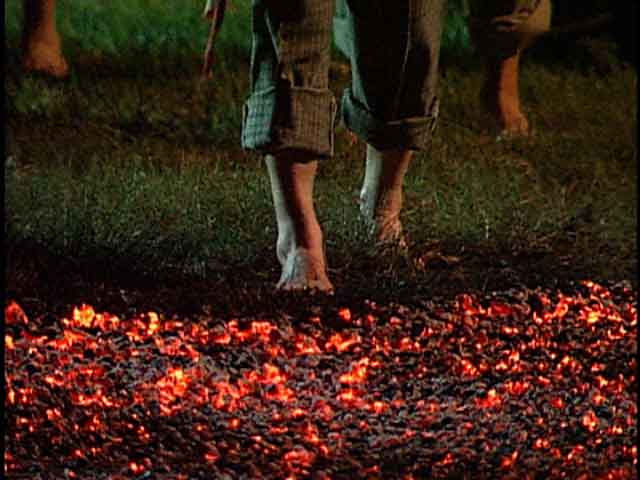
Firewalking can be found all over the world, from Bali, Polynesia, parts of Greece, to the Kalahari desert. Popularized by self improvement gurus such as Tony Robbins the archaic ceremonial practice was designed to cleanse and purify the soul.
Other meanings were the demonstration of human potential and to test one’s beliefs about the nature of reality and the role one plays in the creation of that reality. Contemporary fire walking events, although not without risks, often perceived as new age fads, are meant to “unleash the power within”.
Akin to firewalking is the somewhat hippy-dipping practice of earthing (or grounding), which basically is walking barefoot or using a conductive device to ‘re-connect’ with the “electrical nutrition” of the earth.
4) Body ornaments

Tattoos, like piercings and other body adornments are of all times. Historically, tattoos have been much more than a fashion statement. They fullfilled the role of decoration, to communicate social standing and family history, or as a mark of deviance. Due to a burst of popularity, the tattoo evolved from counter-culture class emblem to mainstream signature.
According to Woody from Woody’s Tattoo Studio, contemporary tattoos bring something significant to our lives.
“A tattoo gives you something to live for. Why do you get up in the morning? To wear grey, to have your life ruled by train timetables? A tattoo offers you something personal and fun and exciting in a world that can be drab and grey. People’s souls are crying out for that. Tattoos are great for finding out more about yourself, for meeting people, for getting up in the morning and looking in the mirror and thinking: look at that! A work of art, in progress.”
5) (Digital) Nomadism

As they left no writing, nobody knows what the ancient nomadic peoples called themselves. Ancient Greeks called the people who lived on the wild, arid Eurasian steppes stretching from the Black Sea to the border of China, nomads. Meaning, “roaming about for pasture.” These nomads were wanderers and, often, fierce mounted warriors.
Modern day nomads include digital nomads such as freelancers who work from wherever they are on their laptop, to fulltime RV’ers, to backpackers who quit their job and apartment to travel the world for years. The Zapp family is another eccentric example of present-day nomads. Driven by existential discontent and technological developments, digital nomads are an increasing breed.
6) Self-reliance

From homesteading, living off-grid, to keeping urban chickens or front yard growing, self-sufficiency is booming. Whether it’s making organic yogurt at home or pickling and canning, self-reliance is on its way back. Growing distrust in criminal governments, fraudulent banks and corporate overlords sparks the urge to take matters in own hands. Locally and in conjunction with likeminded folks.
7) Communal living
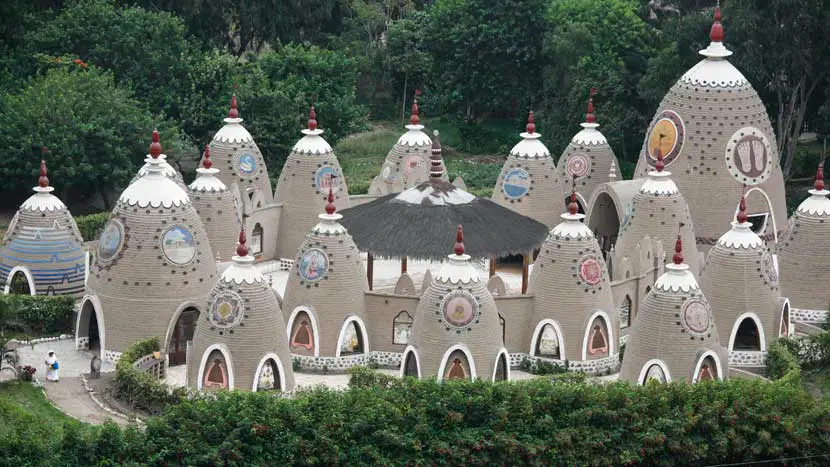
As the need to do things differently is growing, people are clustering locally and joining forces in making the world a little bit sustainable and more locally connected. Motivations vary from reducing energy costs to lowering carbon emissions to growing and eating healthy, local food together to more true interpersonal contact.
Transition towns, grassroot community projects, are a modern form of people re-building society, one household or garden plot at a time. Their motivation is to build resilience in response to climate destruction, peak oil, and economic instability.
8) Psychedelic revival
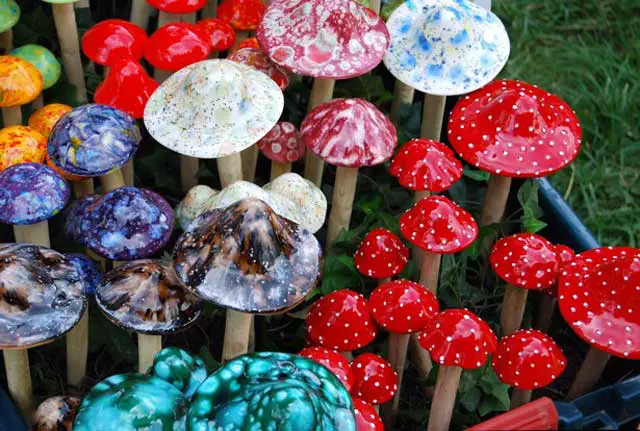
Most psychedelic drugs—including LSD and psilocybin—have been illegal in the United States since 1970. Emerging research into LSD, ayahuasca and psilocybin makes a powerful argument against prohibition. Small doses of psilocybin show to relief anxiety in terminally ill cancer patients. Various psychedelic substances show to help addicts kick their habit, sometimes even without withdrawal syptoms and are thought to treat depression.
Participants in a study by Johns Hopkins psychologists said they “felt more open, more imaginative, and more appreciative of beauty after taking psilocybin”. A year later, nearly two-thirds of the volunteers reported that the experience had been one of the most important in their lives. Almost 50% of them continued to score higher on a personality test of openness than they had before taking the drug.
The phrase “ayahuasca is calling” is heard increasinglly. It may sound like hippie-type mumbo jumbo but the fact is that the drug has proven a life-changing experience for many and, according to others, may play an important role in saving the planet.
9) Botanic interest

Pesky weeds like stinging nettle are currently revered for their excellent health benefits. Nettle pesto, soup, salads and tea are becoming mainstream while the plant itself fortifies the eco-system of your yard. When out for a drink, don’t be surprised to see nettle tea supplant the formerly trendy mint tea.
10) Gathering wild edible plants
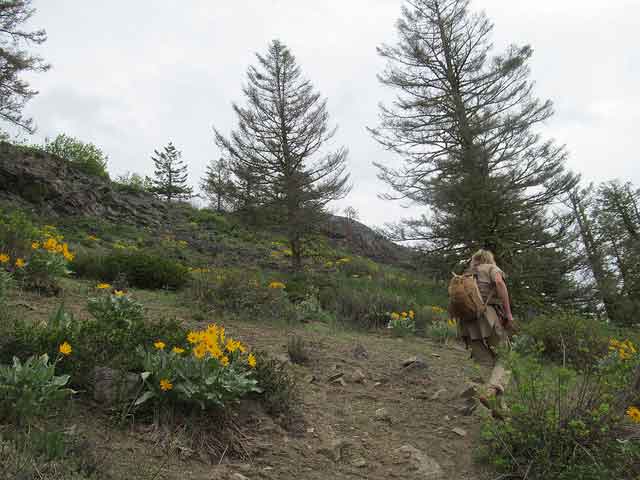
Like our prehistoric ancestors we – or at least some of us – are increasingly to be found in the woods to find wild edible plants and herbs. From hazelnuts and dandelion to plantain and tongue, foraging is becoming more popular. The hip factor aside, when done respectfully this practice can instill respect and admiration for nature while the distinct nutrients make for a healthy addition to the average Western diet.
Our modern diet is relatively low in phytonutrients (the compounds with the potential to reduce the risk of four of our modern afflictions: diabetes, cancer, cardiovascular disease, and dementia). For instance, wild dandelions, once a springtime treat for Native Americans, have seven times more phytonutrients than spinach. Read more on the NY Times.
11) Transformational festivals
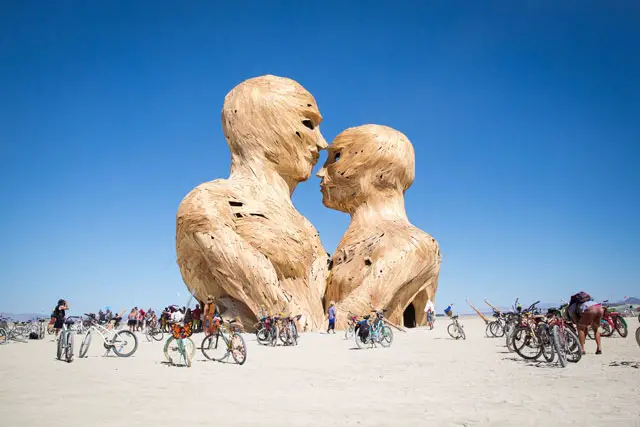
Burning Man, the weeklong arts festival in Nevada’s Black Rock desert, and many of its spin-offs such as the Archaic Revival festival, held in a plantation outside of Houston, are not the typical hedonistic festivals where partying, drinking and sex are goals in itself.
These eccentric, post-New Age festivals are a convergence of electronic music, visionary art, spirituality, nutrition, yoga, fashion and dance-culture. These practices in a new society attract people who appreciate nature and spiritual consciousness and are an emblematic example of going back to archaic values.
“This is not a retro-nostalgic Woodstock,” said Jeet-Kei Leung, 44, a Vancouver-based documentary filmmaker, who has chronicled this scene in a web series called “The Bloom,” as well as in a 2010 TEDx talk. “This is a forward-thinking culture that is embracing social entrepreneurship, permaculture, spirituality, self-actualization and conscious living.”
12) Drum circles
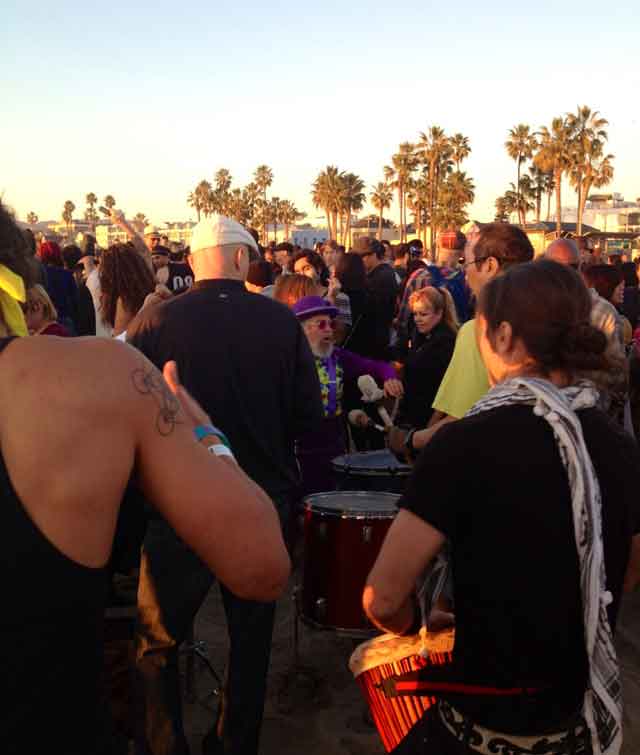
Historically, drum circles were the vessel used by shamans all over the world to create an altered state of consciousness in preparation for healing. Revived by the 1960’s spiritual movement, nowadays the ancient ritual is flaring up once again and connects people of all kinds.
Drum circles in particular and hippiedom in general have had to endure their fair share of ridicule yet it’s exactly the mystical utopian energy that is currently evoking a pivotal, mass consciousness on the condition of humanity. In other words, “What’s so funny about peace, love, and understanding?”
13) Paleo diet
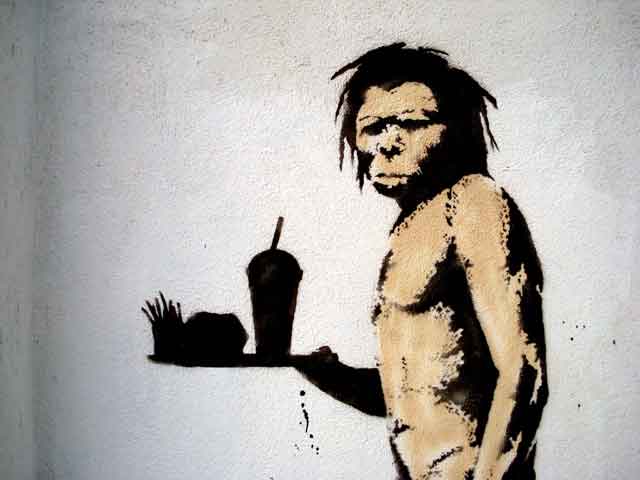
Opinions on the controversial paleo diet differ. Dismissed as a fad by mainstream nutrition organizations, yet cherished by aficionados. The latter believe that because our archaic, hunter–gatherer ancestors mainly consumed healthy plants and very moderate levels of carbohydrates in the form of fruit it’s best for us too. Present-day cave man imitators take adopting this archaic diet very seriously. The diet’s effectiveness aside, it’s an emblematic example of how we are reaching back to ancient times.
14) Yoga and traditional Eastern martial arts

According to scholars, yoga stems from Stone Age shamanism. Many Hindu rituals, symbols, and ideas seem to be rooted in the shamanistic culture of Mehrgarh, a neolithic settlement in what is now Afghanistan. Both archaic shamanism and early yoga sought to transcend the human condition. Not only yoga is on the rise.
After decades of ‘Western’ derivative martial arts such as MMA, boxing, and krav maga topping the popularity charts, currently interest in more spiritual, authentic Eastern martial arts such as tai chi, qi gong (internal kung fu) and nei gong is brisking up. In case you were wondering, neigong refers to any of a set of Daoism influenced, Chinese meditation, breathing, and spiritual practice disciplines.
15) Spartan mud races
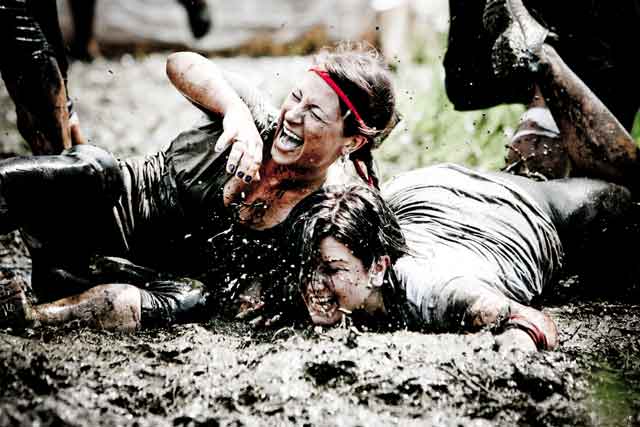
“The obstacle is the path.” -Zen proverb. Wading through mud is a literal coming back to our roots. Testing the limits of your body, feeling in touch with the earth, run, climb, jump, crawl, tiger, and muscle your way like your survival depends on it. Ready to dive in? Also see the Viking: The Ultimate Obstacle Course, Strongman Run and other runs.
16) Mindfulness

In the early development of human beings the ability to think has arisen. Human thinking developed slowly, over thousands and thousands of years. The thinking mind became stronger, this whole new dimension allowed us to become the most powerful species on earth but this virtue came at a cost.
We have been through an evolutionary stage in which we became possessed by the mind without knowing it. We’ve become slaves of compulsive thinking. Now we have arrived at a point that the whole sense of who we are is caught up in the mind and in thought.
Gradually we lost connection with something that is deeper and more essential within ourselves. In spiritual terms this is called ‘being’. Humans lost their ability to sense their deeper connectedness with life. A deeper intelligence that is more than just thought. A symbiosis with the rest of nature. Meditation helps to transcend the mind. Regain what we have lost.
Final word, what is the archaic revival?
“We have gone very, very sick. And the body politic, like any body, when it feels itself to be sick, it begins to produce antibodies, or strategies for overcoming the condition of disease. And the 20th century is an enormous effort at self-healing.
Phenomena as diverse as surrealism, body piercing, psychedelic drug use, sexual permissiveness, jazz, experimental dance, rave culture, tattooing, the list is endless. What do all these things have in common? They represent various styles of rejection of linear values.
The society is trying to cure itself by an archaic revival, by a reversion to archaic values. So when I see people manifesting sexual ambiguity, or scarifying themselves, or showing a lot of flesh, or dancing to syncopated music, or getting loaded, or violating ordinary canons of sexual behavior, I applaud all of this; because it’s an impulse to return to what is felt by the body — what is authentic, what is archaic — and when you tease apart these archaic impulses, at the very centre of all these impulses is the desire to return to a world of magical empowerment of feeling.” – Terence McKenna.
We’re about to arrive at a crossroads of collective awareness. A paradigm shift is glowing on the horizon. A disaster of epic proportions is looming there too.
Will we make it in time? It will depend on the tipping point.
It’s one to twelve and the clock is ticking.
“We will be judged very harshly if we fumble the ball. We are the inheritors of millions and millions of years of successfully lived lives and successful adaptations to changing conditions in the natural world”. – Terence McKenna.
The more awareness we can spread, the better.
This post was written with the intention of passing a bucket of water on the global fire that is threatening our existence. Please share if you liked it. This is just a selection of examples of the archaic revival. Got one to add? Or just want to share your thoughts? You can do so in the comments below.
Liked this read? I think you will like How to be a bohemian, how to live differently, and Why are zombies so popular? too.
Images and references
Featured image, Crysco Photography, sweat lodge, Smoobs, trance dancing: pixelconscious , edible plants class: smalladventures photos, tattoo’d lady: Paolo Marconi, Burning Man, Gwen Schroeder, Yoga, Pixabay, Spartan race Wikipedia. Digital nomad, Steven Zwerink Paleo diet, Lord Jim, meditating woman, Caleb Roenigk


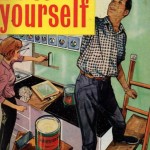






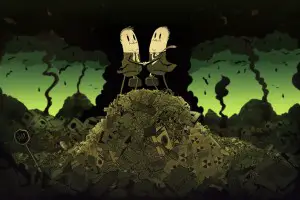













Just the existence of this article brought me happiness. It started to feel like I was the only one who had noticed this pattern of ancient practices being revived in Western societies but then I stumbled upon this article and now my heart is flooded with the warm, fuzzy feelings of hope and happiness. To the author, thank you for writing this piece, and may this archaic revival provide the foundation of an age of human connection, introspection, and peace. 🙂
Thanks for the kind words. To the prosperous spread of clarity.